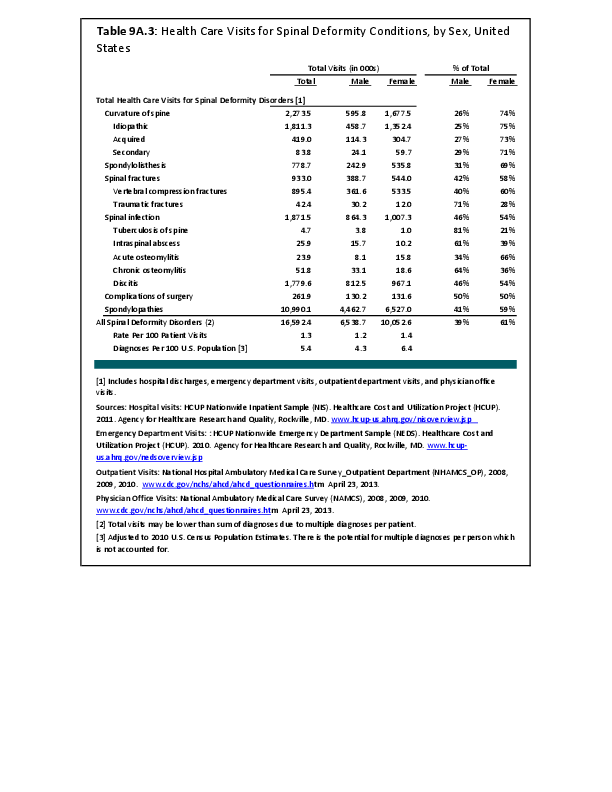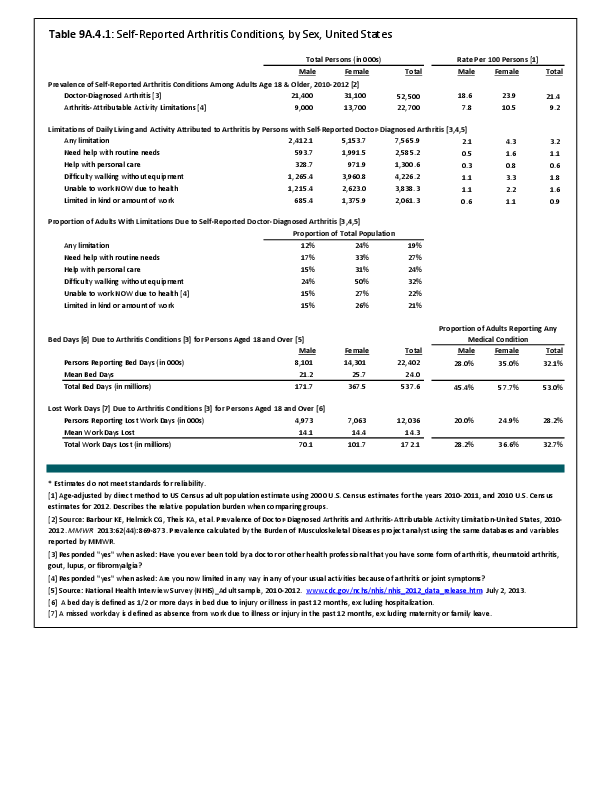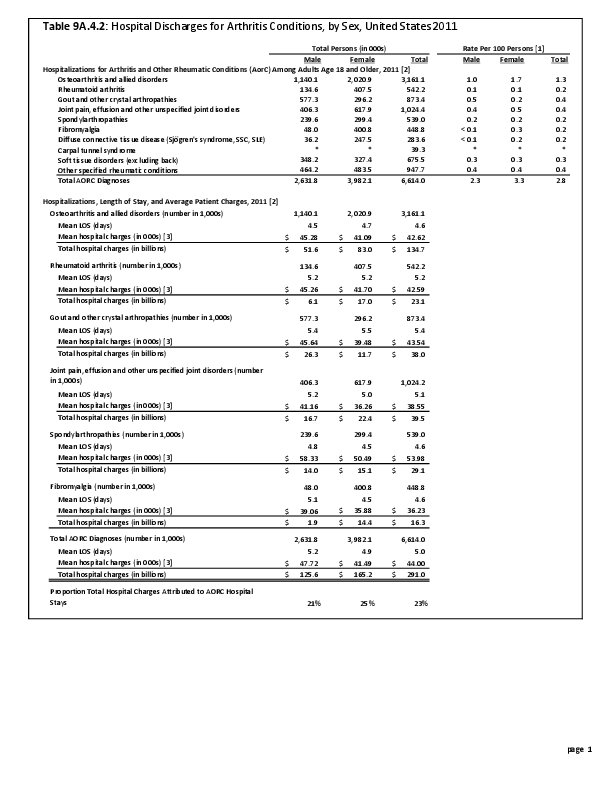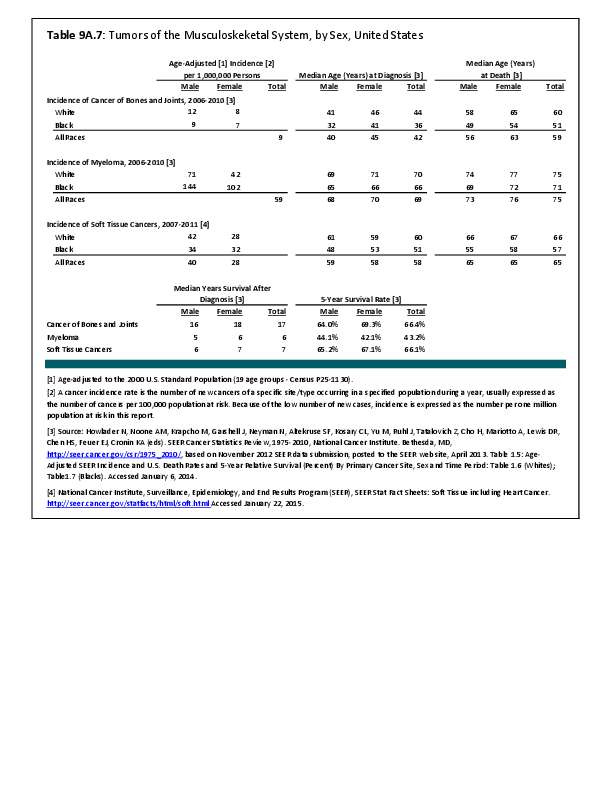Women are more likely to demonstrate scoliosis, especially adolescent idiopathic scoliosis, than are men. Although a variety of explanations have been presented to account for this, no single sex-based risk factor has been identified. However, females with adolescent idiopathic scoliosis tend to present with larger curves, and the potential role of estrogen in the development and progression of this condition, especially considering the impact of estrogen on bone metabolism and development,1 has been extensively studied. Still, no clear-cut influence on the onset or progression of idiopathic scoliosis has been identified. Older age at the onset of menarche has been found to be associated with an increased likelihood of presenting with a more significant curve among patients with adolescent scoliosis. However, specific estrogen polymorphisms have not been consistently correlated with age at menarche or curve severity.2
- 1. Leboeuf D, Letellier K, Alos N, et al: Do estrogens impact adolescent idiopathic scoliosis? Trends Endocrinol Metab 2009 May;20(4):147-152. doi: 10.1016/j.tem.2008.12.004. Epub 2009 Apr 6.
- 2. Janusz P, Kotwicka M, Andrusiewicz M, et al: Estrogen receptors genes polymorphisms and age at menarche in idiopathic scoliosis. BMC Musculoskelet Disord 2014 Nov 19;15:383. doi: 10.1186/1471-2474-15-383.
Edition:
- 2014

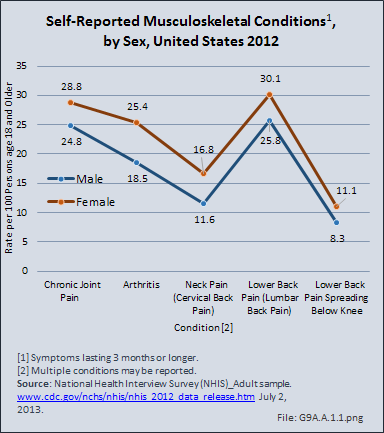

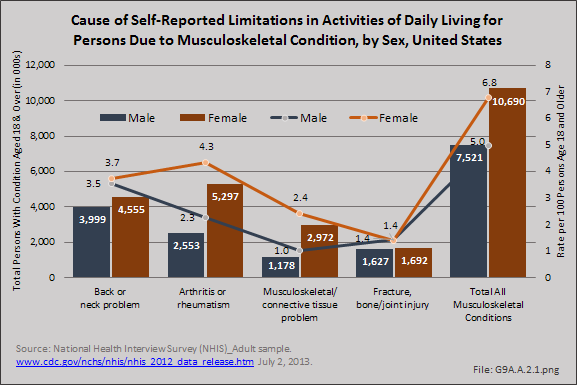
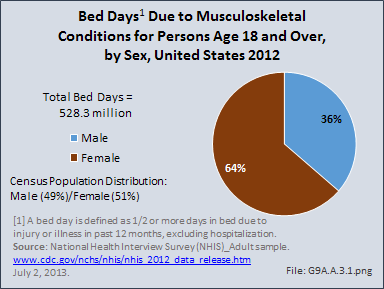
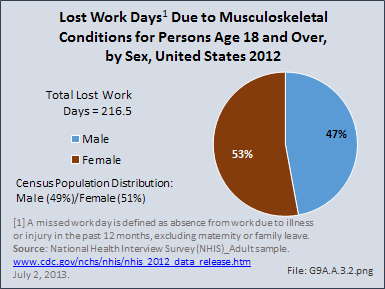

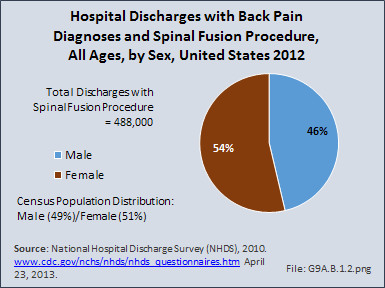
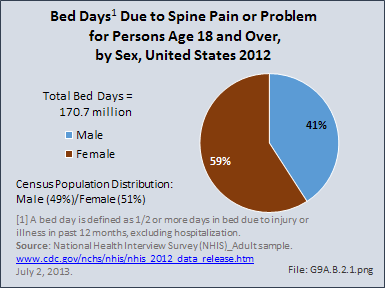
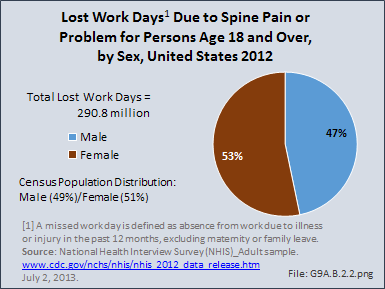


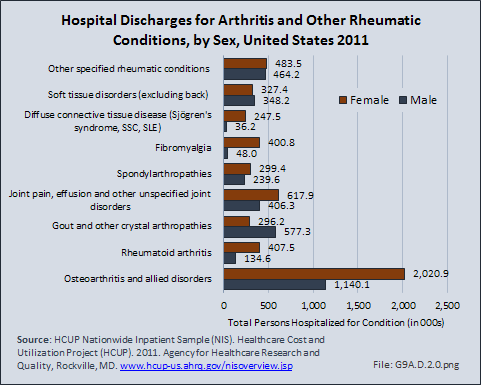
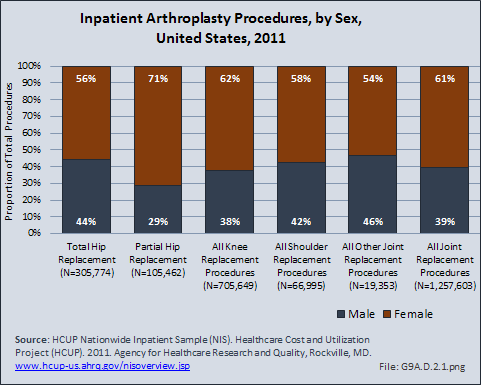
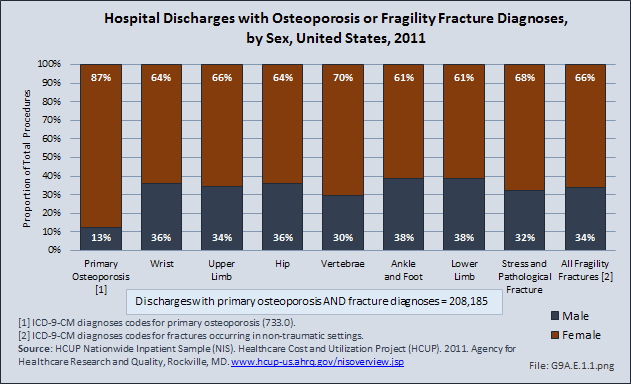



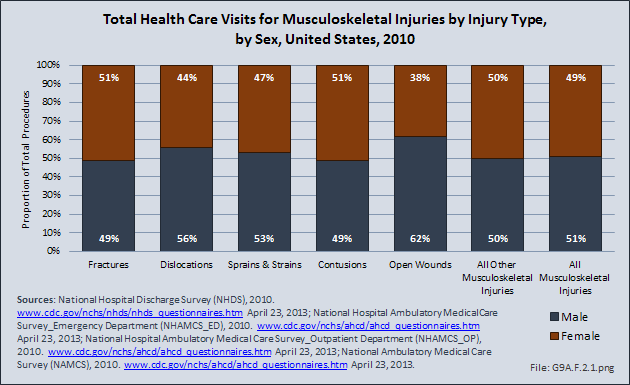
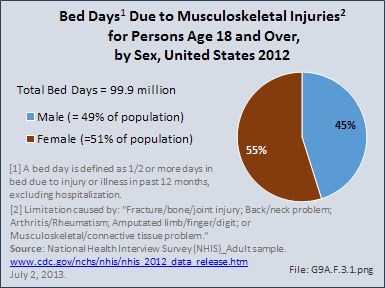
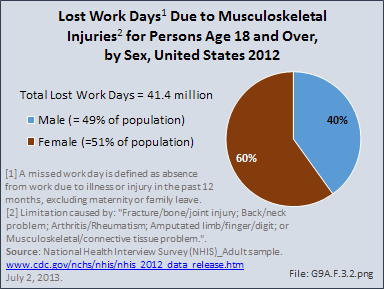

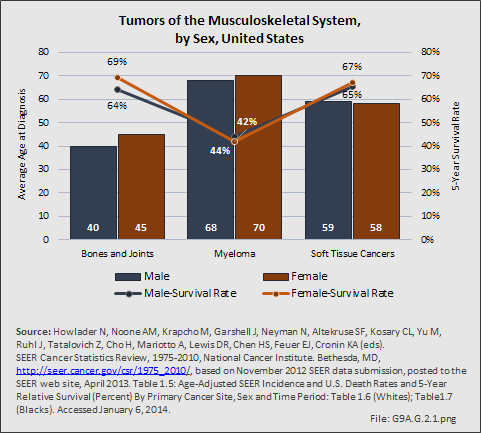
 Download as CSV
Download as CSV

